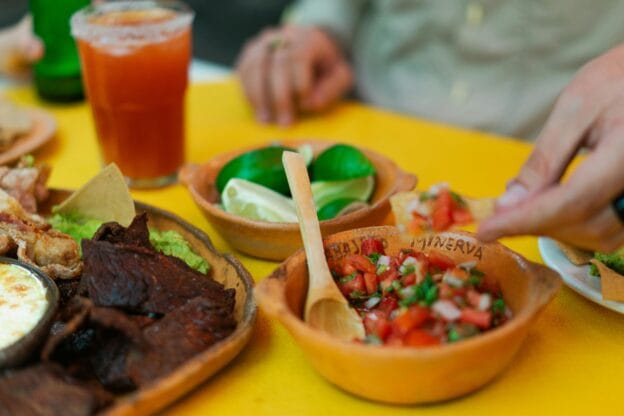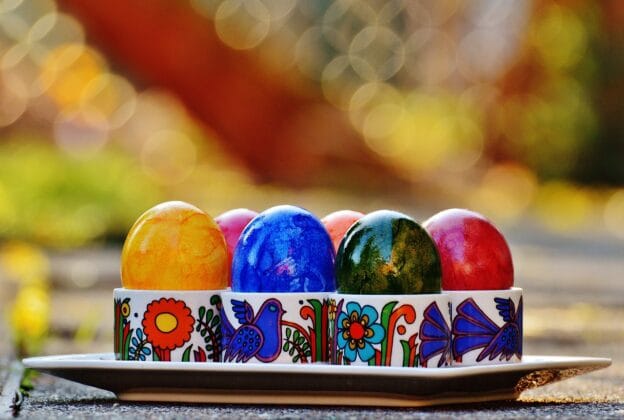Easter is one of the most widely celebrated holidays, marked by joy, renewal, and reflection. Though it’s primarily a Christian holiday, Easter traditions vary around the world, shaped by history, local customs, and cultural beliefs. Let’s explore how different countries celebrate Easter and the rich symbolism behind the traditions.
Europe: From Chocolate Eggs to Religious Reverence
In many European countries, Easter is a blend of solemn religious observance and joyful celebrations. In countries like Italy, Spain, and Greece, Easter Sunday is celebrated with church services, feasts, and processions. In Spain, the week leading up to Easter, Semana Santa, features dramatic parades and religious displays. In the UK and Germany, the Easter bunny and eggs take center stage, with families engaging in egg hunts, egg rolling, and other playful traditions.
United States: A Blend of Cultural Influences
In the US, Easter is celebrated with church services, family gatherings, and community events. Many cities host Easter parades, and the famous Easter egg hunt at the White House is a long-standing tradition. The Easter bunny, known for delivering colorful eggs, has become a key figure in many US Easter celebrations, along with baskets filled with sweets and small toys.
Latin America: A Time for Reflection and Rebirth
In Latin American countries like Mexico and Brazil, Easter is marked by deeply religious observances. Semana Santa (Holy Week) is a time for reflection, and many communities hold processions, reenacting the Passion of Christ. In some countries, people wear special clothing, and communities come together for large feasts to celebrate Christ’s resurrection.
Australia: Easter in the Southern Hemisphere
In the Southern Hemisphere, Easter falls in the autumn season, so the weather is cooler, and celebrations tend to take place outdoors. In Australia, Easter often includes barbecues, festivals, and camping trips. The Easter bilby, an Australian marsupial, is the country’s answer to the Easter bunny and symbolizes efforts to raise awareness for wildlife conservation.
A Global Celebration
Though Easter traditions differ, the holiday is universally recognized as a time for family, renewal, and hope. From religious ceremonies to fun activities, Easter remains a moment to reflect on life, growth, and the changing seasons.
Happy Easter to our friends around the world!


